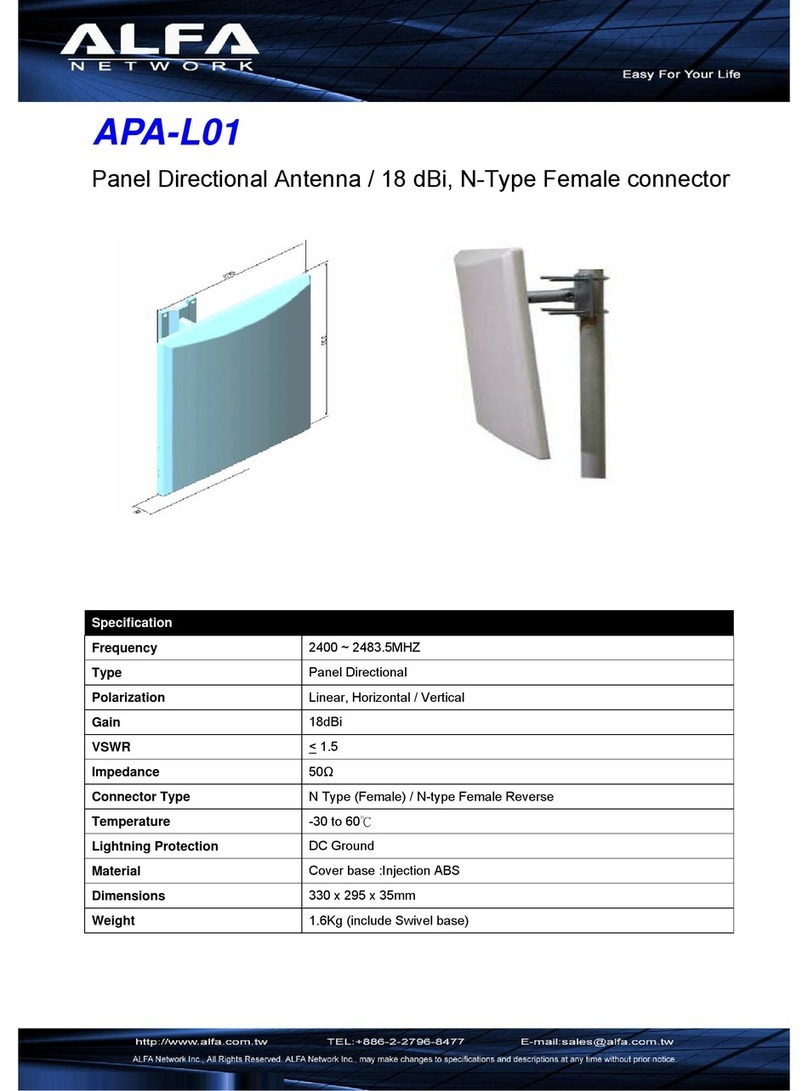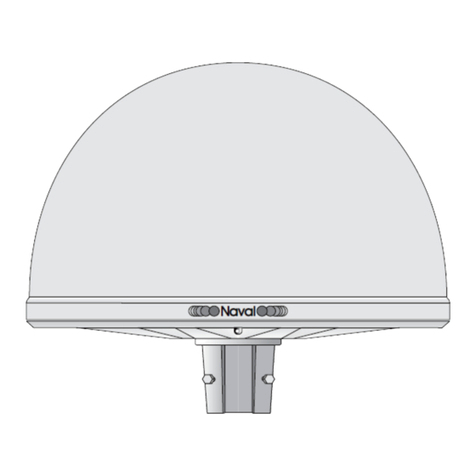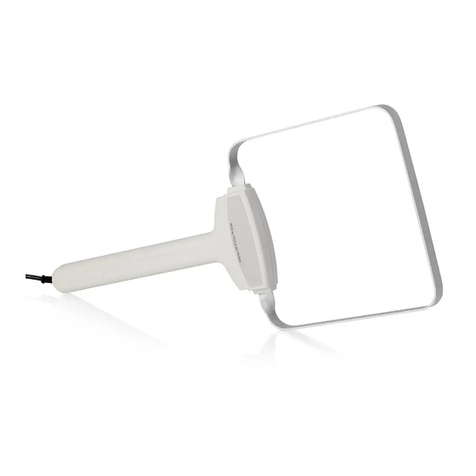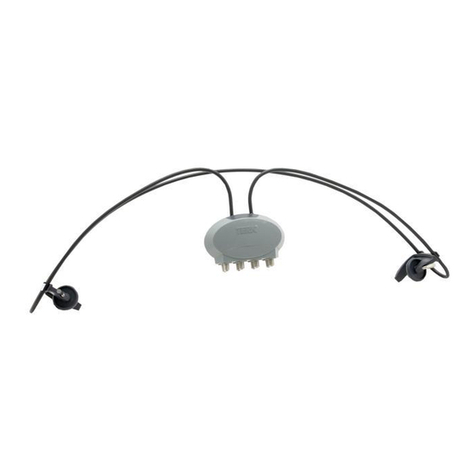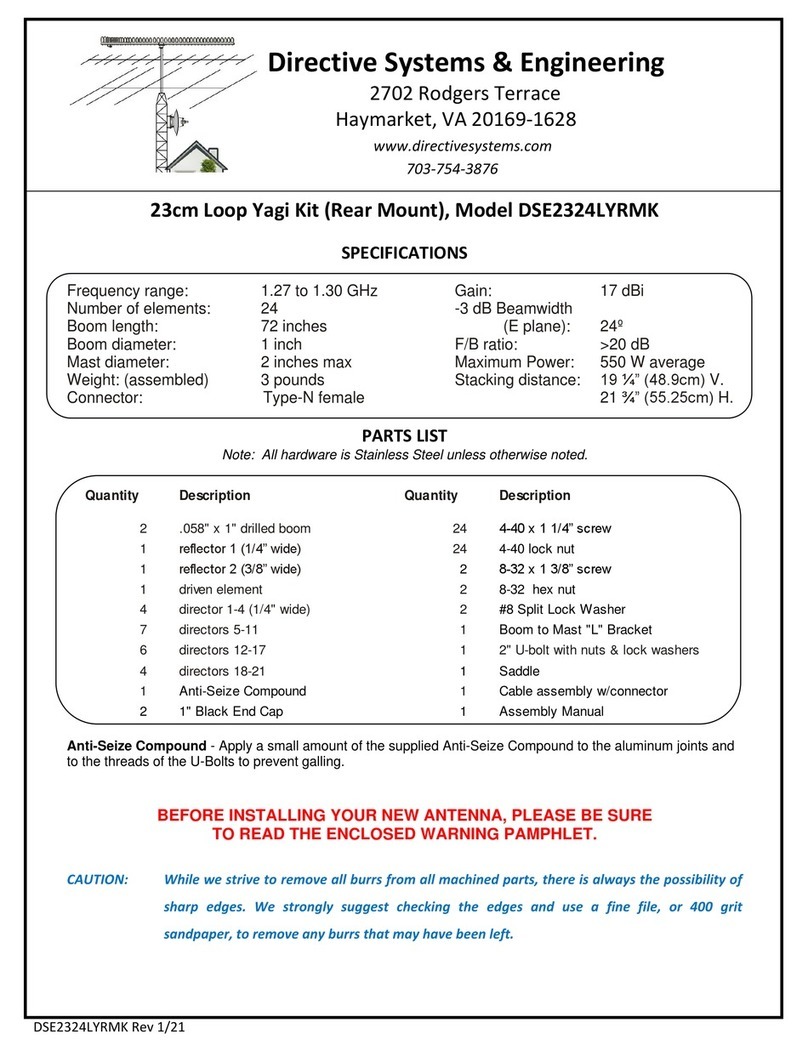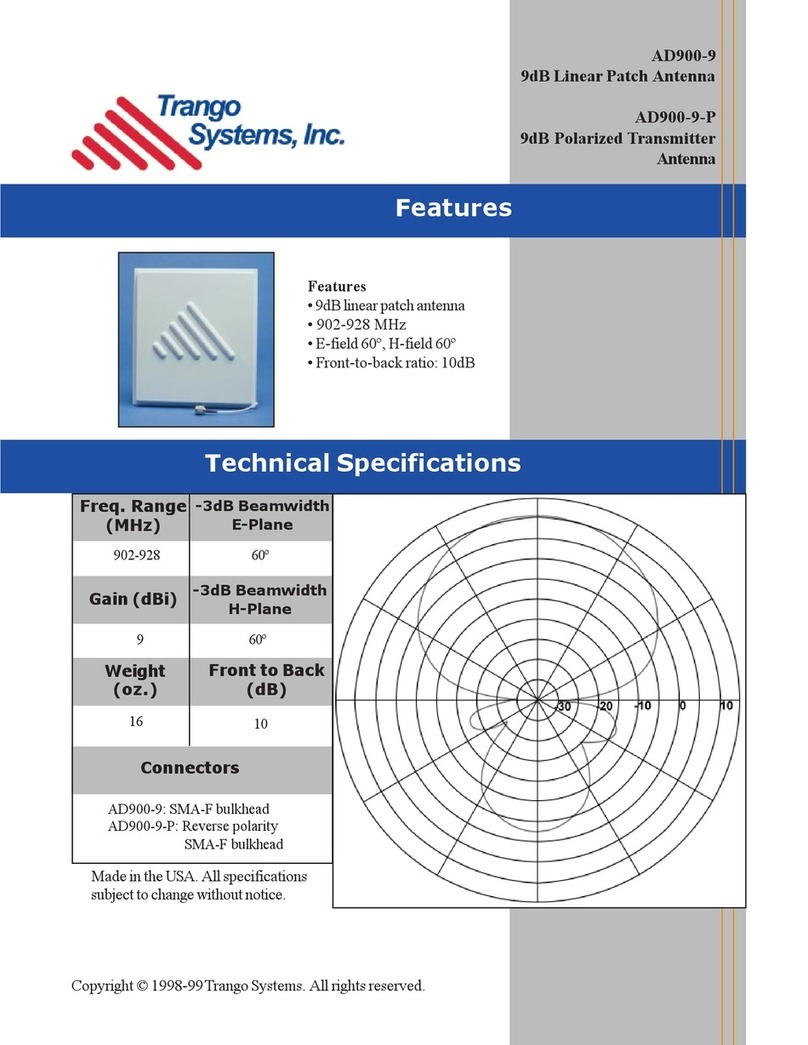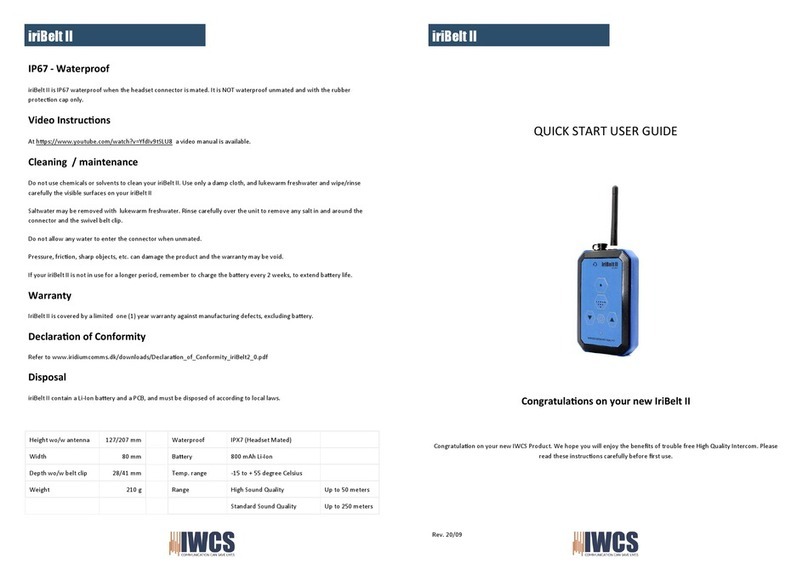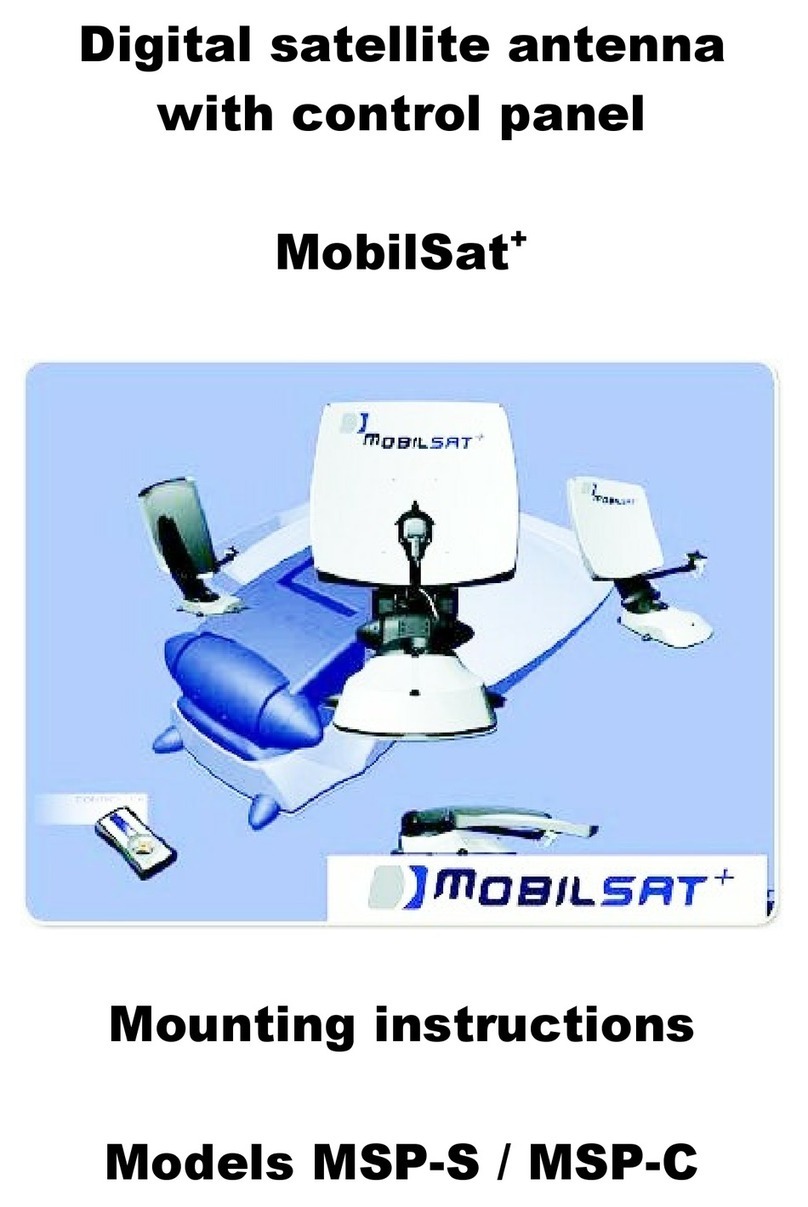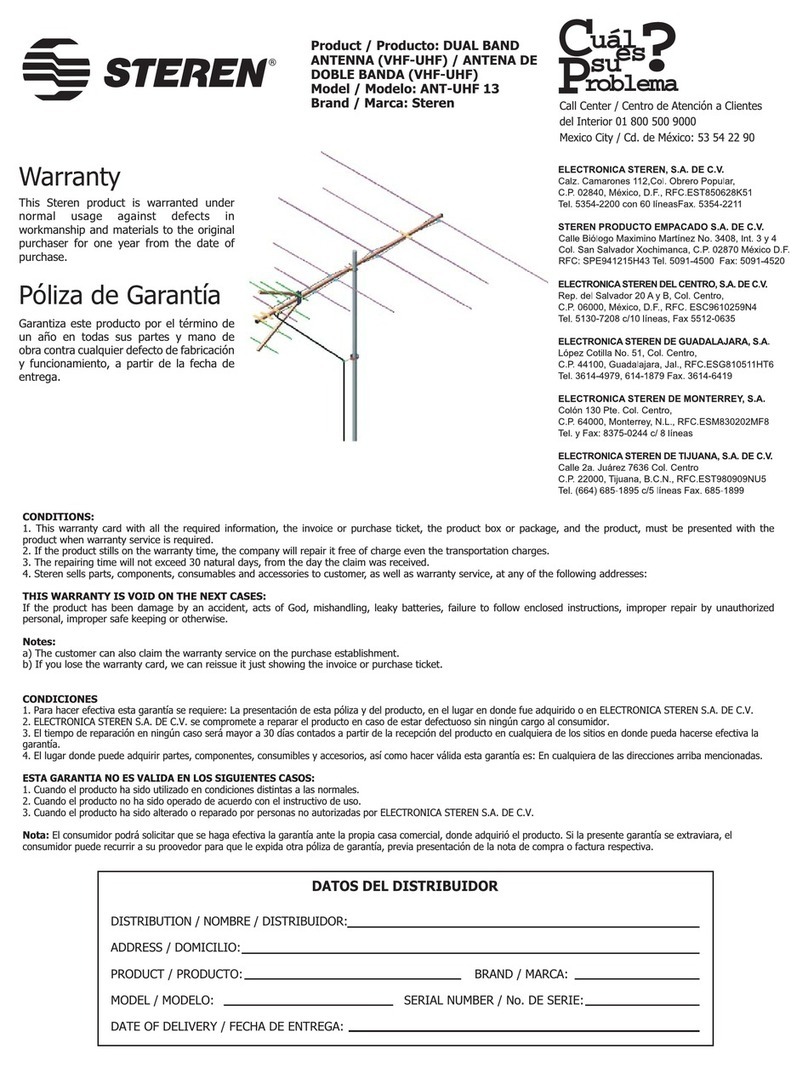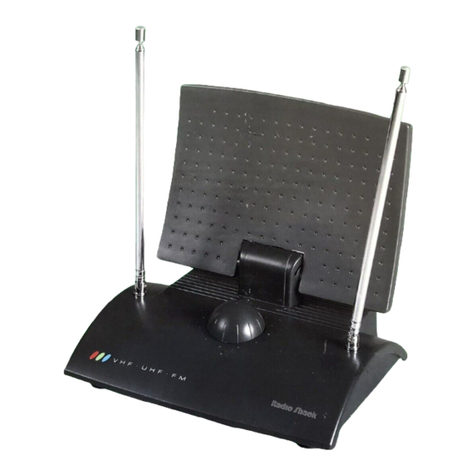
Raymarine Satellite TV Antenna Systems Introduction
Features of Raymarine STV37 / STV45
Enjoy satellite broadcasts at sea
Raymarine STV37 / STV45 is the most modern antenna
system that enables you to receive a high quality
broadcasting signal at sea, where the atmospheric and
environmental condition are very harsh. This fully automatic
control system allows you to simply turn the power switch
on, and have crystal clear, high quality satellite television in
motion or at anchor.
High quality antenna
High tech parabolic antenna technology has been adopted
for this antenna system, which is optimal for marine
conditions. This enables you to receive the optimal signal
level even when it is raining or snowing.
Fast and ecient search for the satellite
The WRS (Wide Range Search) algorithm allows for the
antenna system to search the satellite within the shortest
amount of time and to detect the satellite signal under any
position and with any directional movement of the vessel.
Easy installation and outstanding reliability
Raymarine STV37 / STV45 uses only one RF cable for
installation. This makes installation easy. Power, RF and
data signals transfer from the antenna to the ACU through
this single cable. In addition, Raymarine STV37 / STV45
provides highly reliable system through the implementation
of a modularized design, and the usage of strictly proven
components.
Built-in GPS
The built-in GPS system enhances the speed of acquisition
of the satellite signal and provides Raymarine STV37 / STV45
even higher performance.
Ethernet Port for management
The Ethernet Port on the rear panel of the ACU enables
direct and simple network connection between a PC and
the ACU. By connecting to ISP or the modem linked with
VSAT systems, Raymarine STV37 / STV45 can be monitored,
controlled, and diagnosed remotely from anywhere,
anytime through the TCP/IP protocol. This not only can save
tremendous time but also save the cost generated from the
hundreds of routine maintenance activities such as operating
firmware upgrades, tracking parameters resets, and system
diagnostic.
Wireless Connectivity and Aptus mobile
The built-in WiFi enables the ACU to be wirelessly
connected. Any kind of wireless devices such as PCs,
laptops and smartphones can be used to connect to the ACU
and monitor, control and change the settings of the system
wirelessly. The Aptus mobile app is available for download
to access the ACU via Wi-Fi and operate the antenna from
iPhone, iPad or other network devices. iPhone and iPad are
registered trademarks of Apple Inc.
Built-in automatic skew angle control system (STV45 Only)
The automatic skew control system allows Raymarine STV45
to maintain the optimal skew angle at all times and ensure
maximum level of satellite signal level receptions.
Raymarine’s environmental test standards certified
These standards are much severer than a typical
experienced marine equipment condition. All testes
performed with one unit through all continued sequences.
Raymarine standards meet LR and DNV standards as
well as EN60945.
